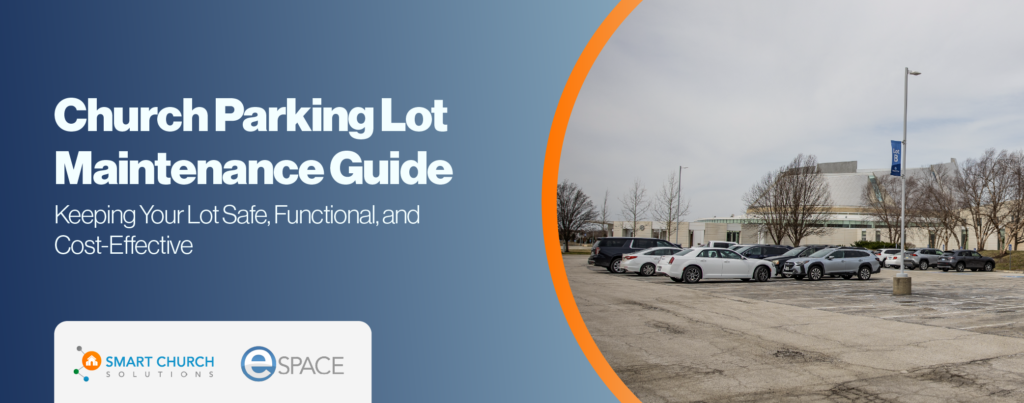If you have been following these posts for any period of time, you know that we have explored the difference between facility maintenance and Facility Management. As part of that discussion we looked at the differences between proactive and reactive maintenance.
Well, recently I was tracking a LinkedIn conversation with a Facility Management (FM) “group” that I am a member. I found the discussion to be very interesting…and I think you will too. Keep in mind that these comments are from people providing facility management services in the “secular” arena (i.e. complex commercial buildings…wait…don’t forget our ministry facilities are also complex commercial buildings…Hmmm). As you read these, substitute the word “company” with either “church” or “ministry”.
Here is the sequence of discussions:
You missed a critical part of the equation to switching from reactive to proactive. FM’s need time to analyze information, develop a strategy and implement things that are proactive. Unfortunately they are often too busy with the day-to-day issues and headaches. Many of them also are very hands-on, get-things-done kinds of people who don’t think they are earning their pay if they spend time in the office (or somewhere else, preferably) simply thinking and planning. Their colleagues within their organization do it, that’s why they get more attention, resources and support.
I gave a seminar at the IIDEX / Neocon conference in Toronto last year about selling FM in your company. I talked about this issue as one of the reasons their profession isn’t as respected as those of the finance, HR, lawyers, engineers and other professionals in their company. (TIM COOL INSERT – or the “pastoral staff” or the ministry initiatives)
FM’s need to step off the treadmill every now and then in order to switch from being reactive to proactive and strategic.
All the above are excellent points and critical to running a professional FM department. I think the difference between being considered a low-paid “necessary evil” for the company and a respected higher-paid professional is the strategic planning and value-driven dynamic. The strategic facility plan should be part of the leadership process that identifies current and projected facility needs and accommodations for growth (or reduction) and technology requirements which support the organization’s objectives. The other dynamic is to create value to the organization through cost identification and reduction methods, then monitoring, adjusting and documenting your savings contribution. A final area is to lead the process of identifying the use of facilities with the goal of assessing each area’s contribution to the organization’s profitability through the appropriate use of space.
I’m going to jump in here and say that of the 6,508 members in this group I bet every single one has had show stopping failures that grab all of your resources in a single minute. I managed 45 facilities in 33 states, over 3.5 million sq. ft. and I did not have a single tool box on my staff. I have one heck of a contact data base though…I totally agree that preventive maintenance is the only way to stay ahead of the curve or “stay out of the vortex” as I like to say but the only way to maintain your sanity is to make strong ties to project management consultants that can hit the ground running on any issues and jump right back on the sidelines (and off your payroll) as soon as issues are resolved.
If you’re like most and you are under resourced when things are going well, there is no way you can put monitoring management in place, keep it updated, and handle failures (they will happen anyway) without reaching for outside help.
In summary I feel that a balanced approach works best with different service levels depending on what is being maintained. There is no right or wrong answer in the planned vs. reactive debate but one thing is certain – any FM strategy needs to be underpinned by accurate and comprehensive asset data and a detailed understanding of the underlying business need.
So…how are you doing in developing a professional, proactive and strategic Facility Management department (or plan) for your church and ministry? Is the facility management efforts at your church the proverbial redheaded step child of the ministry? Is it only a necessary evil…or…is it a critical part of your overall stewardship initiative? If it is the later, I congratulate you and would covet your input as to how you are accomplishing that. I believe you are on the right track if you have embraced a “facility stewardship” perspective.









